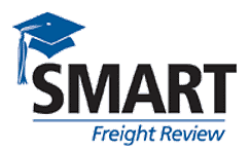
At a recent meeting of the Dangerous Goods panel of the International Civil Aviation Organization (ICAO), a State of Charge (SoC) requirement of 30% was introduced for additional categories of lithium ion batteries being transported by air. This change will apply to lithium ion batteries that are being packed with other equipment – meaning the device and battery are shipped in the same box. Currently, the SoC only applies to batteries shipped by air on their own.
This is a major change and was brought forward because of increased concern around the safety of shipping lithium ion batteries. Shippers will have to make the extra effort to check the SoC in the batteries and ensure that the correct level is maintained, which means additional checks need to be done.
For lithium ion batteries contained in equipment (e.g. a laptop computer), the decisions are slightly different, as there will be a state of charge limit recommended. There will also be an SoC limit recommended for transporting battery-powered vehicles.
The difference in approach between batteries packed with and contained in equipment is due to the protection offered by the equipment itself. Additionally, many medical life saving devices have batteries contained in equipment, and the panel did not want to slow down the flow of such equipment around the world.
It is important to note that the new SoC regulation only applies to batteries with a Watt-Hour (WH) rating above 2.7 WH, and the change will take effect on January 1, 2026.
A special provision will be made available to shippers who cannot meet the 30% SoC. They will be able to apply for permission to have a higher SoC, which will be subject to approval by the State of Origin and the State of the operator. These measures will, of course, translate into more time and costs for shippers.
Currently, this restriction is only applicable to air shipments and has not been introduced for other modes of transport.
For more information, contact Veena Ramesh, Manager – Airfreight Services.
















